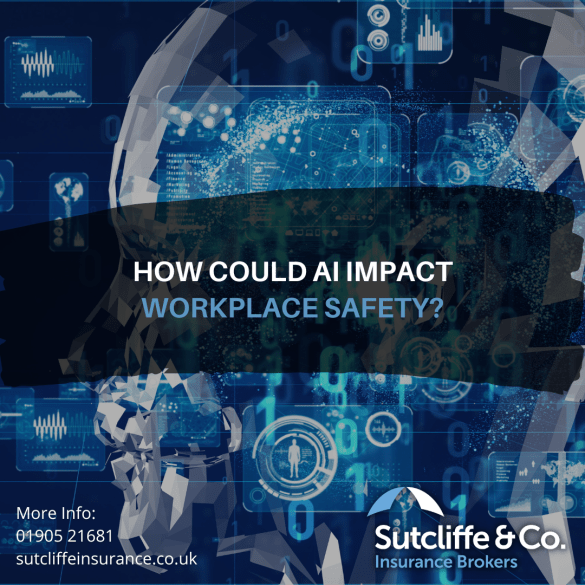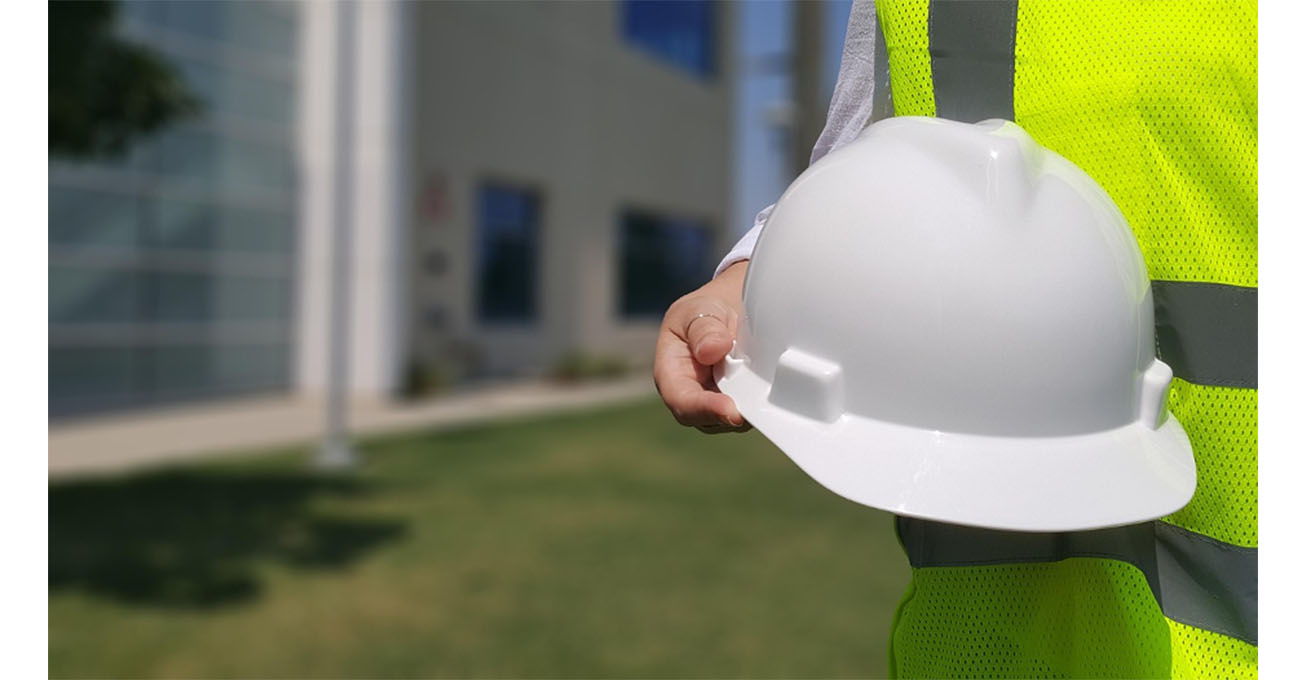 Artificial Intelligence has been continually in the news as the latest technology to revolutionise the way we live and work, but is it to be feared or embraced? Either way it looks like it’s here to stay. This article provides more detail on AI technology, outlines how it affects workplace safety, and highlights the ways it can help identify and minimise occupational hazards.
Artificial Intelligence has been continually in the news as the latest technology to revolutionise the way we live and work, but is it to be feared or embraced? Either way it looks like it’s here to stay. This article provides more detail on AI technology, outlines how it affects workplace safety, and highlights the ways it can help identify and minimise occupational hazards.
Preventing workplace injuries and fatalities is crucial for organisations of all sizes and sectors. Without safety initiatives in place, organisations could experience increased incident rates, higher employers’ liability costs, reduced productivity levels and diminished staff morale. Fortunately, various technological solutions can help organisations mitigate potential hazards and protect their employees from harm. In particular, artificial intelligence (AI) has emerged as a possible valuable safety tool.
What is AI Technology?
Essentially AI is technology that consists of machines, computer systems and other devices that can simulate human intelligence processes. This is technology that can perform a variety of cognitive functions associated with the human mind. This could include learning, observing, reasoning, interactive with its surrounding, problem-solving and engaging in creative activities. Applications within the workplace could include:
- Computer vision technology – Combined with surveillance systems, drones, wearable sensors and smart devices could help monitor images and video footage captured at a worksite. When combined with data such as time, location and operational guidelines, AI could help detect potential worksite issues, deliver alerts regarding these issues and provide suggestions to avoid them.
- Natural language processing systems (chatbots)—These AI systems can analyse both written sources and spoken details to extract key information at a rapid pace, producing in-depth reports and summarising worksite data in seconds.
- Predictive and prescriptive analytics engines—Such technology relies on existing research and worksite documentation to help predict future scenarios and offer recommendations for successful outcomes.
How AI Technology Affects Workplace Safety
Hazard recognition – AI could help improve the overall workplace visibility and call attention to hazardous situations before they cause injury. This could be fallen objects, clutter and debris. It could even be used to detect that an employee is showing signs of fatigue while operating heavy machinery suggesting that the worker take a break to rest and recover before continuing the task.
Employee training – AI training could be used to simulate different hazards that an employee might be exposed to in their role and review proper responses in a controlled setting. This could be how to wear personal protective equipment (PPE) correctly or react to a chemical spill. AI chatbots can be used to access workplace safety manuals or policies to find out information about the task they have to perform.
Incident detection and reporting— Besides recognising hazards, AI technology can quickly identify when workplace incidents and injuries occur (e.g. computer vision technology detecting an employee slipping and falling on the floor), paving the way for timely response measures and potentially improving recovery outcomes.
Safety compliance—AI technology can help bolster compliance with applicable workplace safety regulations by monitoring employees for non-compliant behaviours (eg skipping essential safety protocols or neglecting to wear necessary PPE) and ensuring worksite documentation meets all relevant requirements.
Overall, AI technology can have a potentially positive impact to improve workplace safety and minimise incidents and injuries. If you would like to know more about risk management solutions, please contact the team on 01905 21681 or alternatively email [email protected].






